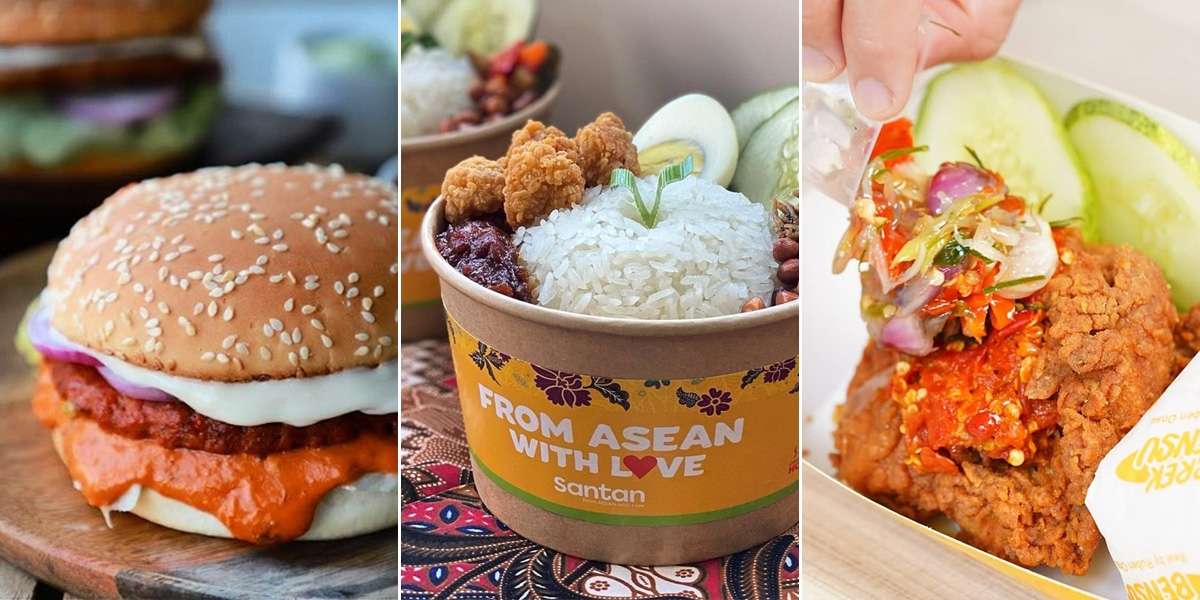The Quick Service Restaurant (QSR) industry in Asia has shown remarkable growth, driven by rapid urbanization, changing lifestyles, and the increasing demand for convenience foods. The region presents a diverse culinary landscape where international chains and local players coexist and thrive. This report provides an overview of the industry’s current state, key players, market trends, challenges, and opportunities.
Introduction
Asia’s QSR industry is a vibrant and competitive sector characterized by its ability to adapt to local tastes while incorporating global food trends. The region’s economic growth, coupled with a young, tech-savvy population, has created a fertile ground for the QSR sector’s expansion. This report examines the factors contributing to the industry’s growth and the strategies employed by successful companies.
Market Overview
Size and Growth
The Asian QSR market has been expanding at a significant rate, with countries like China, India, Japan, and Southeast Asian nations leading the way. The industry’s growth is fueled by the rising middle class and the proliferation of digital platforms for food delivery.
Key Players
- Yum! Brands (KFC, Pizza Hut, Taco Bell) – Dominates the market with a strong presence in China, India, and Southeast Asia.
- McDonald’s – Widely recognized, with a significant footprint across the region, offering localized menus.
- Starbucks – Not traditionally categorized as QSR but has a substantial impact on the fast-service coffee segment.
- Local Chains – Brands like Jollibee (Philippines), Yoshinoya (Japan), and Wow Momo (India) highlight the success of local flavors.
Consumer Preferences
Asian consumers show a preference for local flavors, leading to QSRs adapting their menus to include regional dishes alongside international offerings. There’s also a growing demand for healthier, quality food options.
Trends and Innovations
- Digital Integration: Online ordering and delivery services have become integral, with platforms like Zomato, GrabFood, and Foodpanda revolutionizing how QSRs operate.
- Menu Localization: Customizing menus to suit local tastes while maintaining global standards is a key success factor.
- Sustainability Initiatives: With increasing environmental awareness, QSRs are adopting sustainable practices in sourcing and packaging.
- Expansion of Plant-based Options: Reflecting global trends, there’s a rise in offering plant-based meal options to cater to health-conscious consumers.
Challenges
- Competition: The market is highly competitive, with local and international brands vying for consumers’ attention.
- Regulatory Hurdles: Navigating the diverse regulatory landscapes across Asian countries can be challenging.
- Supply Chain Complexities: Ensuring consistent quality and dealing with logistical challenges across vast regions.
Opportunities
- Tier 2 and Tier 3 Cities: Expanding into less saturated markets can offer new growth avenues.
- Technology Adoption: Leveraging AI and data analytics for personalized marketing and operational efficiencies.
- Health and Wellness: There’s a growing market segment focused on healthier eating that QSRs can tap into.
Conclusion
The Asian QSR industry is poised for continued growth, driven by economic development, technological advancements, and changing consumer behaviors. Companies that can navigate the challenges while innovating in product offerings, sustainability, and digital engagement are likely to succeed in this dynamic market.
Recommendations
- Embrace Local Tastes: Continuously innovate menus to reflect local culinary preferences.
- Invest in Technology: Enhance customer experience through digital ordering, payment systems, and loyalty programs.
- Sustainability Practices: Adopt environmentally friendly practices to appeal to the eco-conscious consumer.
- Market Diversification: Explore expansion opportunities in untapped markets within the region to drive growth.
Similar: Report on the African Quick Service Restaurant (QSR) Industry



